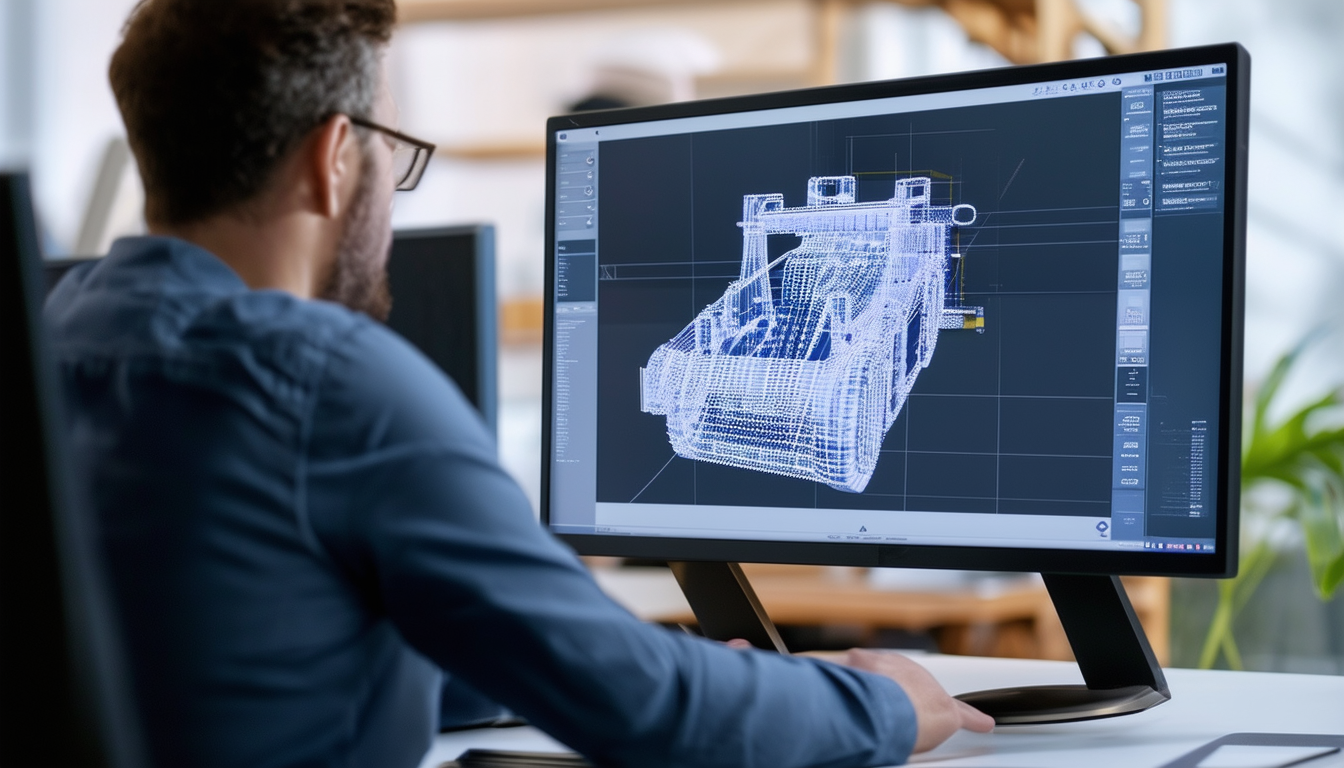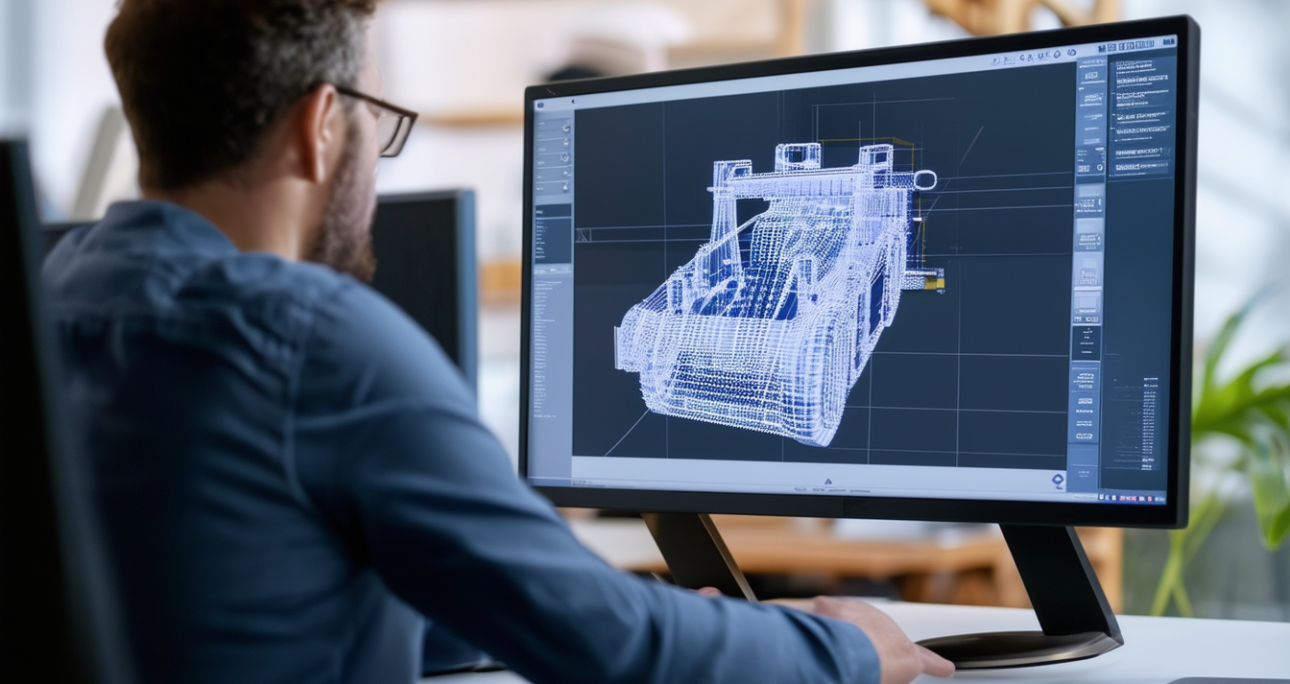
Navigating the complexities of Stable Diffusion can be challenging, but installing a new model doesn’t have to be. Follow this comprehensive guide to seamlessly integrate new models and optimize your workflow.

Understanding the Basics of Stable Diffusion
Stable Diffusion is a powerful tool for generating high-quality images from textual descriptions. It employs advanced algorithms to ensure that the generated images are not only realistic but also adhere closely to the input prompts.
Understanding how Stable Diffusion works is critical before diving into model installation. At its core, it involves a process where noise is iteratively added and then removed to produce clear and coherent images. This ensures that the final output is both stable and detailed.
Preparing Your Environment for a New Model
Before installing a new model, it’s essential to ensure your environment is properly set up. This includes having the necessary software dependencies, sufficient storage, and the appropriate hardware capabilities.
Start by updating your software packages and ensuring that you have the latest versions of Python and any required libraries. Additionally, ensure that your GPU drivers are updated to leverage the full power of your hardware.
Step-by-Step Installation Process
The installation process for a new model in Stable Diffusion involves several steps. First, download the model files from a trusted source. Ensure the files are compatible with your current version of Stable Diffusion.
Next, place the model files in the appropriate directory. This is usually specified in the documentation of the model or the Stable Diffusion software. Finally, configure your Stable Diffusion settings to recognize and utilize the new model. This might involve editing configuration files or using command-line parameters.
Common Pitfalls and How to Avoid Them
One common issue during model installation is compatibility. Ensure that the model you are installing is compatible with your version of Stable Diffusion and your system’s hardware capabilities.
Another pitfall is insufficient resources. Stable Diffusion models can be resource-intensive, requiring significant amounts of memory and processing power. Ensure that your system meets the minimum requirements to avoid performance bottlenecks.
Optimizing Performance Post-Installation
Once the new model is installed, it’s vital to optimize your system’s performance to get the best results. Start by adjusting the settings within Stable Diffusion to balance quality and speed based on your hardware capabilities.
Additionally, consider using techniques such as batch processing and leveraging GPU acceleration to improve performance. Regularly monitor system resource usage to identify and address any performance issues prompt

